Understanding Pickleball Play Styles
In the sport of pickleball, individual playing styles vary widely among players. Understanding whether your approach leans more toward power, control, or a hybrid of the two is essential in selecting the appropriate paddle.
The Power Player
Power players tend to thrive under the spotlight of aggressive gameplay. They are the thrill-seekers of pickleball, launching high-speed shots that keep opponents on their toes. This style often relies on hard hits, drives, and powerful smashes, which can be intimidating for many. One of the primary characteristics of a power player is their focus on fast-paced play; they prefer to dictate the pace of the game, often searching for opportunities to strike the ball with maximum force.
However, the strength of a power player can also become their Achilles’ heel. While capable of making impressive shots, an over-reliance on power might lead to inconsistencies. Fatigue can set in quickly during lengthy rallies, making shot reliability waver. Therefore, a well-balanced approach, incorporating elements of strategy and placement is often essential for lasting success on the court.
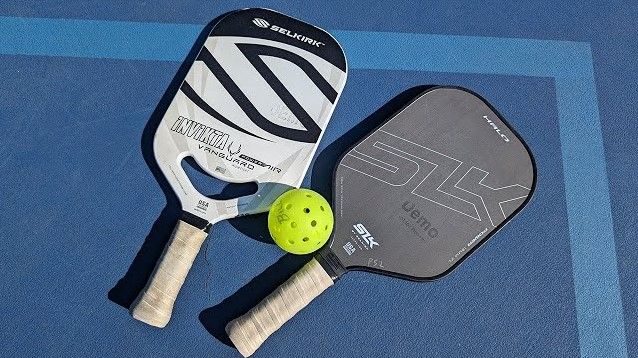
The Control Player
In contrast to their power-driven counterparts, control players are the architects of precision and finesse. They tend to prioritize shot placement, creativity, and strategy over raw force. These players revel in the subtleties of the game, excelling at dinking and placing shots in ways that consistently challenge their opponents. The control player values accuracy and often utilizes a variety of angles to keep opponents guessing.
By focusing on these technical aspects, control players minimize unforced errors and maximize opportunities for winning points through strategic positioning. While their style may come across as passive to some, the effectiveness of meticulously placed shots often proves superior in high-stakes matches. Their strength lies in the composed demeanor that allows them to patiently execute their game plan, adapting as necessary.
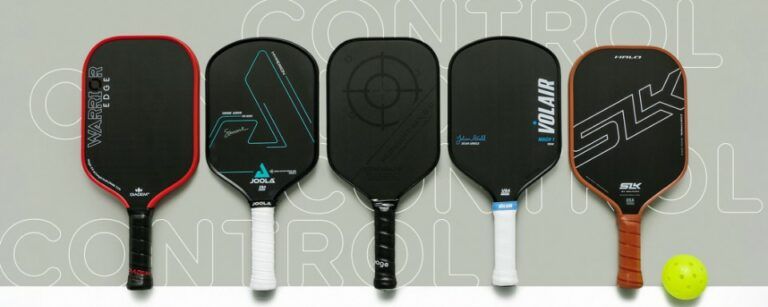
The Hybrid Approach
Interestingly, many players fall somewhere in between, embracing a hybrid approach that blends power and control. Such individuals recognize the importance of both elements, adapting their play style based on the context of a match. This versatility allows them to excel in various scenarios, making them unpredictable opponents.
While the hybrid player may not specialize in one area, they bring a balanced perspective to the game. The ability to hit power shots when required, coupled with the finesse to place strategic shots, provides an edge. This adaptability is particularly advantageous for intermediate players still developing their baseline skills, as they learn when to switch gears between aggression and strategy.
Anatomy of a Pickleball Paddle
To make an informed decision between power and control paddles, players must understand the various components of pickleball paddle design. Each feature plays a distinct role in shaping performance on the court.
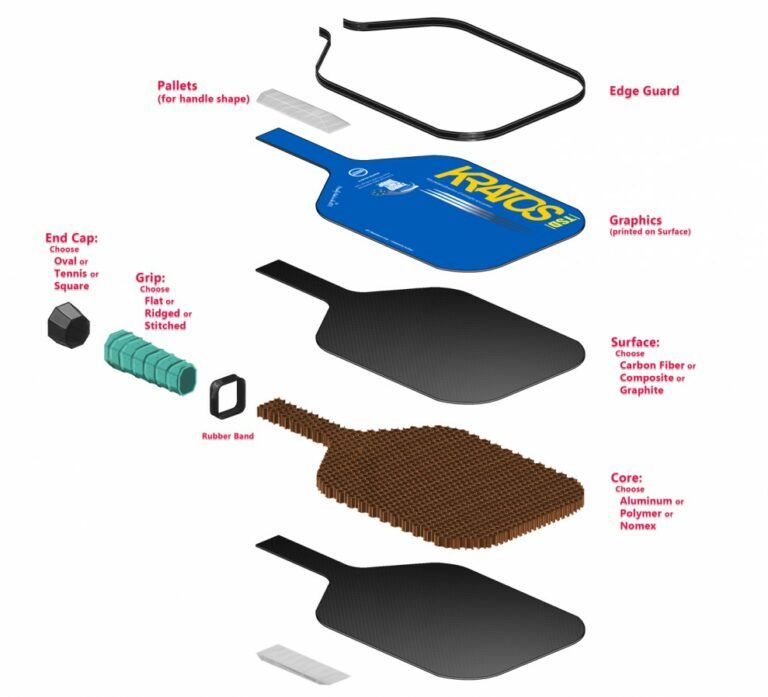
The Core: The Heart of the Paddle
The core of a paddle serves as the foundation, heavily influencing its stiffness and overall feel. Common materials for paddle cores include polymer and Nomex, each offering different characteristics.
- Polymer: Known for its durability and forgiving touch, polymer cores typically provide a larger sweet spot, making them suitable for control paddles.
- Nomex: This material is often found in power paddles, offering a punchier feel. It's more rigid, enhancing energy transfer upon impact and allowing for explosive shots.
Interestingly, the thickness of the paddle core plays an equally pivotal role in how power or control is manifested. Generally, thinner cores lean towards power, expanding the trampoline effect of the paddle, while thicker cores generally favor control and consistency.
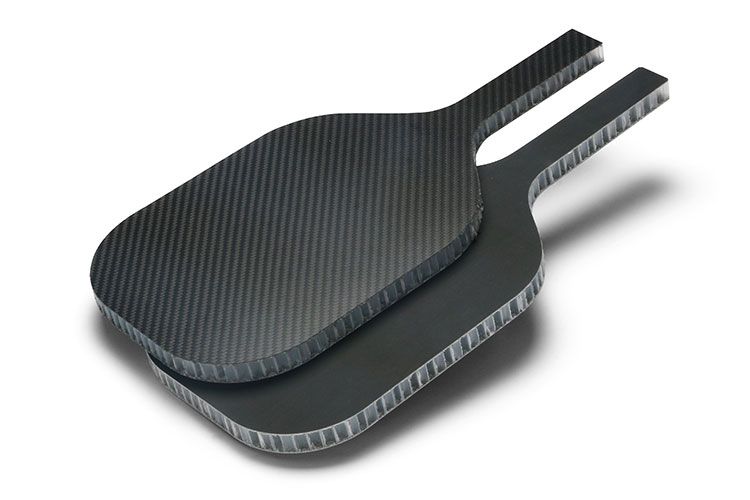
The Face: Where the Magic Happens
The face of the paddle is crucial for determining its power, spin, and overall feel. Various materials are used, including fiberglass, carbon fiber, and graphite. Each material serves a different purpose in this intricate balance.
- Fiberglass: Often lightweight with decent power, this material helps enhance control while still providing reasonable performance for power shots.
- Carbon Fiber & Graphite: These materials often provide excellent feel and response, making them favorites for advanced players who appreciate feedback from their paddles.
In addition to the material, the grit on the surface of paddles plays a significant role in determining spin potential. A paddle with a rougher surface can generate topspin or slice more effectively, adding complexity to shot placement and control.
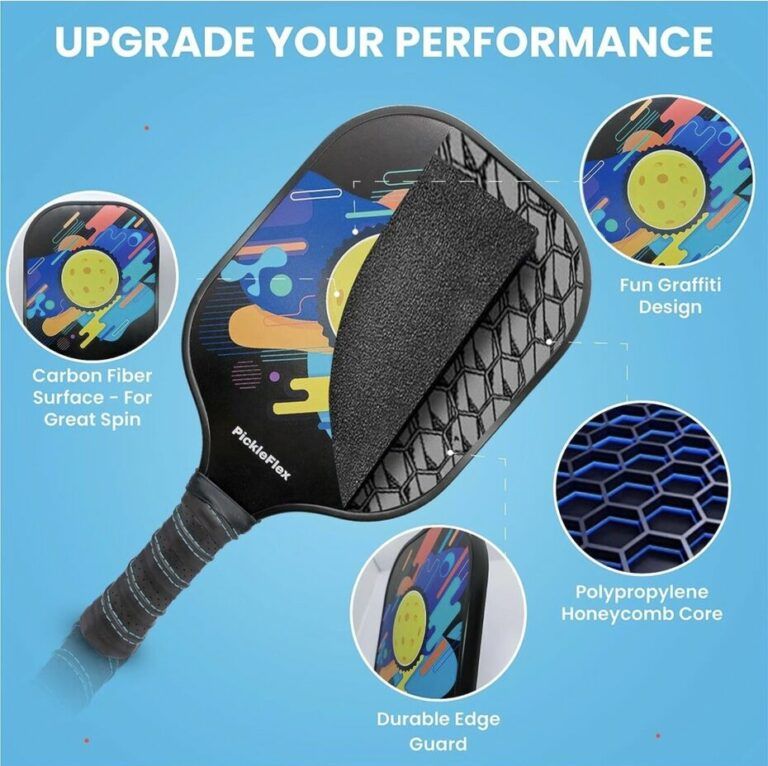
Shape: Finding Your Ideal Form
The shape of a paddle plays a substantial role in its performance. Standard, elongated, and widebody designs each offer unique advantages.
- Standard Paddles: Typically offer a balanced sweet spot and maneuverability ideal for control players.
- Elongated Paddles: Provide a more extensive reach, beneficial for power players seeking to maximize their leverage.
- Widebody Paddles: Often designed with an increased sweet spot, they cater to players who might need extra forgiveness on off-center hits.
Choosing the right shape aligns closely with your intended style of play, enabling you to capitalize on your strengths while mitigating challenges.
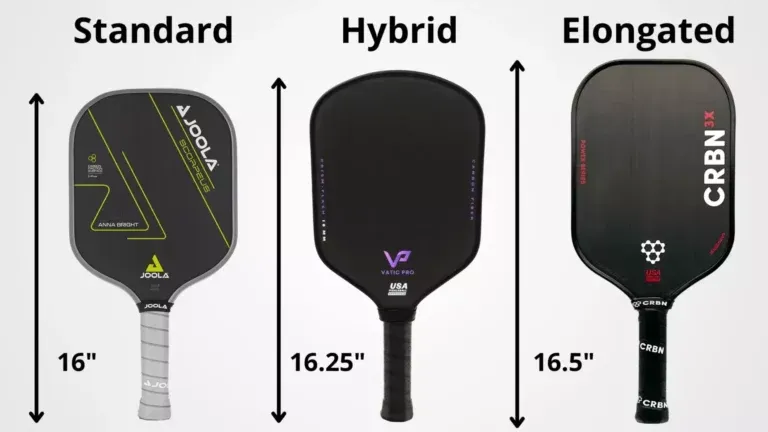
Weight: Finding the Right Balance
Paddle weight significantly affects swing speed, power generation, and maneuverability. Generally, paddles fall into three categories:
- Lightweight (6.5 - 7.5 oz): These paddles allow for quicker swings and greater control, making them ideal for control-oriented players.
- Midweight (7.5 - 8.5 oz): This range often strikes a balance, offering versatility to both power and control players.
- Heavyweight (8.5 oz+): Although they provide excellent power upon impact, heavyweight paddles may compromise swing speed, making them better suited for experienced power players.
The right weight choice can profoundly affect how well you connect with your shots, and it's crucial to consider your swing mechanics when selecting a paddle.
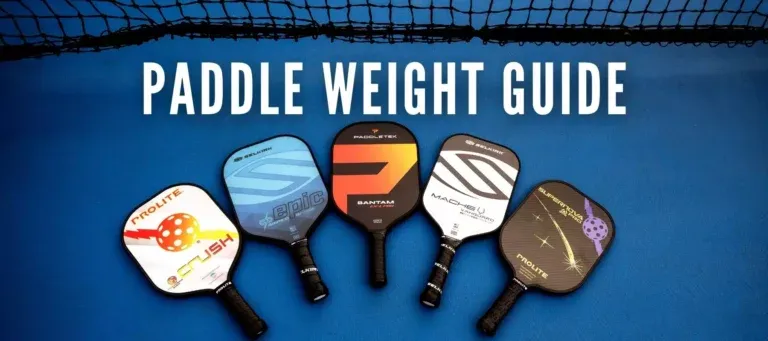
Handle Length: Extending Your Reach
The length of a paddle's handle can significantly impact leverage and control. A longer handle may provide extra reach and is often favored by players who utilize a two-handed backhand. Conversely, shorter handles typically enhance control and maneuverability, beneficial for quick adjustments and strategic play.
Understanding how handle length interacts with your playing style can be the difference between good shot placement and exceptional shot placement.
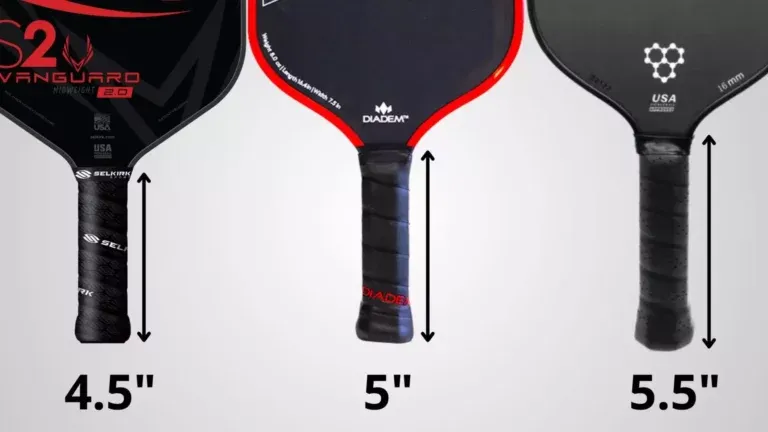
Control vs Power Pickleball Paddles - Matching to Your Play Style
The key to finding the right fixture for your gameplay is through careful self-evaluation. This process can guide you in identifying your strengths, weaknesses, and tendencies.

Assessing Your Strengths and Weaknesses
Take the time to conduct a self-assessment. Reflect on your past games and analyze your play style. Are you more comfortable with strategic placements or aggressive shots? Have you been making unforced errors due to poor shot selection? Self-awareness offers insights that can influence your choice in paddle.
The Importance of Demoing
One of the most effective ways to ensure you make the right choice is to demo different paddles before purchasing. Local clubs often provide opportunities to test various paddles to see which suits you best. Factors to consider during a demo session include paddle weight, grip comfort, and how the paddle feels upon impact with the ball.
Utilizing events, possibly referred to as ‘secret shopping’ by organizations like the USAPA, can provide valuable experiences that reflect consistent quality across various brands.
Seeking Expert Advice
Consulting with coaches or experienced players can add another layer of personalization to your paddle selection process. These experts can offer recommendations tailored to your playing style, based on observations during practice.
Power Paddles: Unveiling the Pros and Cons
Power paddles exude an allure that can captivate many players, yet they come with their unique set of advantages and challenges.
The Allure of Power
The psychological thrill of executing a powerful shot is undeniable. Power paddles drive hard hits, fast shots, and aggressive play, keeping your opponents on alert. This "wow" factor can elevate not only your game but also your enjoyment on the court.
Players often find satisfaction in blasting the ball past their opponents, creating an exhilarating experience in competitive settings. Yet there is a downside.
The Trade-offs to Consider
While pursuing power may seem appealing, it often comes at the cost of control and accuracy. Power paddles may lead to increased unforced errors, particularly for players who do not strike consistently at the sweet spot. As rewarding as it is to hit a powerful shot, an agonizing reality unfolds when the ball veers off course due to a miscue in execution.
Paddle Bias: A Common Trap
Many players fall prey to paddle bias the misconception that simply using a powerful paddle will improve their game. Overestimating abilities often leads to poor paddle choices. When performance does not meet expectations, frustration can set in, ultimately creating self-doubt.
Control Paddles: The Underrated Champion
Control paddles often overshadowed by their power counterparts are, in many ways, the unsung heroes of pickleball.
The Power of Precision
Control paddles prioritize accuracy and shot placement. Emphasizing these skills can yield consistent performance, especially during high-pressure matches where nerves often lead to mistakes. A well-placed shot can be as devastating as a powerful hit, and the first step in achieving this lies within the paddle’s design.
Forgiveness and Confidence
One of the standout features of control paddles is their ability to provide a larger sweet spot, which naturally encourages forgiveness on off-center hits. This ease of play boosts a player's confidence, especially during intense matches, allowing them to focus more on strategy rather than worry about improper execution.
Mastering the Soft Game
Control paddles excel in delicate gameplay. Soft shots such as dinks, resets, and drops become more manageable, enabling players to navigate the nuances of strategic positioning. Mastery over soft shots can set the stage for strategic victories, allowing control players to win points through attrition rather than power alone.
Hybrid Paddles: The Best of Both Worlds?
The world of hybrids offers players the opportunity to enjoy the advantages of both power and control.
Finding the Middle Ground
Hybrid paddles aim to cater to a balanced play style, providing versatility and adaptability in gameplay. They merge attributes from both power and control paddles, enabling players to develop a more comprehensive skill set. This balance allows players to creatively mix their shots, leveraging strength when necessary and maintaining accuracy at all times.
Who Benefits from a Hybrid?
Players who fall into the intermediate category often find hybrid paddles particularly appealing. These players may still be honing their skills and hence benefit from a balanced perspective, combining aggressive shots while practicing their strategic play.
Beyond the Basics: Advanced Paddle Considerations
When choosing the right paddle, delving deeper into advanced considerations can further elevate performance on the court.
Swing Weight: The Unsung Hero
The concept of swing weight defines how the paddle feels during play. It affects swing speed, power generation, and overall control. Understanding your paddle's swing weight can contribute to more effective gameplay, allowing for agility in shots and encouraging longer rallies.
Spin: Adding a New Dimension
The ability to impart spin on the ball creates a new layer of strategic play. Paddle features can significantly influence spin, as materials and grit levels increase topspin, backspin, or slice variations. Incorporating spin into your gameplay can throw opponents off guard, enriching on-court tactics.
Paddle Durability and Longevity
Understanding the wear and tear associated with paddles is essential for longevity and value. Core degradation can impact performance, so choosing a paddle with durable materials is crucial to maintaining optimal performance over time.
Conclusion
Choosing between control vs power pickleball paddles is a significant decision that can shape your performance and enjoyment of pickleball. By understanding your playing style, the anatomy of paddles, and the trade-offs of each type, you can make an informed choice that aligns with your skills and game strategy. Testing various options and seeking guidance from experts can also enhance your experience on the court. Ultimately, whether you favor raw power, precision, or a blend of both, the right paddle can be the key to unlocking your true potential in the game.










